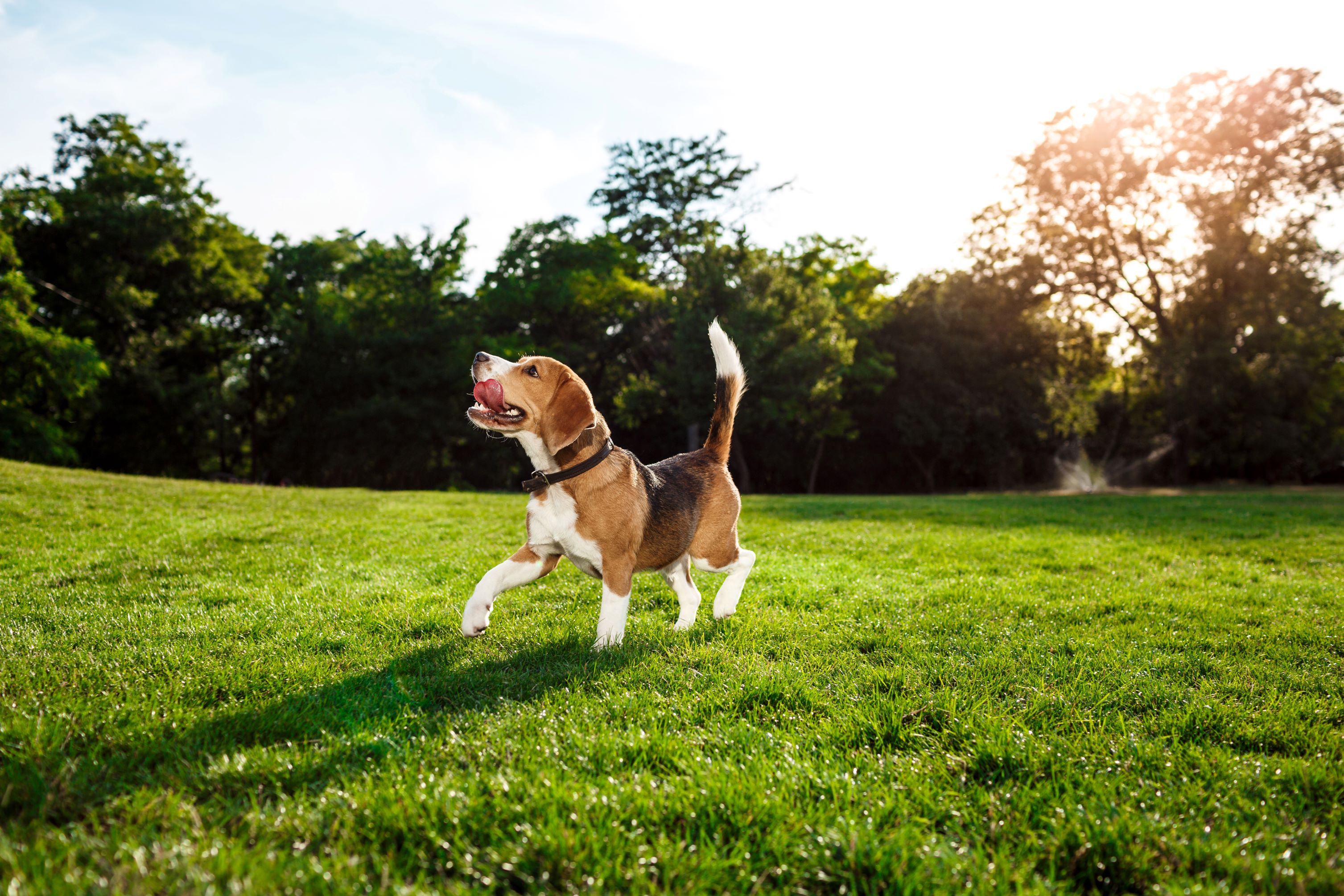What to Expect at the Dog Park
You will have more fun at the dog park if you make some preparations first.

Dog parks are popping up in communities all over the United States. A recent study by the Trust for Public Planning found that cities of all sizes are building dog parks at a faster rate than any other kind of outdoor recreation facility.
There are good reasons that dog parks have become enormously popular. Forbes reports that while the popularity of cats is declining, the number of Americans that own dogs is increasing rapidly. In 2023, no fewer than 44.59 percent, nearly half of all Americans, had at least one dog in their family.
Dogs have become an integrated part of life in many city spaces. They have become a very visible slice of what makes each community unique, and what makes a community a vibrant place where people want to live, work, and play.
Dogs can help lower social barriers. When you take your dog to a dog park, chances are that you will strike up a conversation with another dog owner. It is easier to make small talk with a stranger when there is a friendly dog to pet.
Dog parks give your pet an opportunity to burn off excess energy. Sometimes a short walk around the block just doesn't cut it. Dog parks give your dog a chance to run and play off-leash. It is healthy for your dog, and more fun for you.
Getting the most out of a trip to the dog park, however, requires some training time and preparation. In this article, we will tell you what you need to do to make trips to the dog park more than just an opportunity for fun. You can turn trips to the dog park into training exercises that bring you and your dog closer.
Training Your Dog to Focus on You
Dog parks are a wonderful opportunity for dogs to socialize, but they always need to be aware that their humans are nearby and ultimately in charge. Teaching your dog to focus on you when necessary can make everyone’s experience at the dog park happier.
Puppies will naturally focus on you at the dog park. They will turn to you for reassurance and protection.'
But by the time a dog is six to eight months old, you will need to train them to focus on you at home before you can expect them to focus on you at the dog park.
For this lesson, you will need a belt pack filled with dog treats.
Hold a treat between your fingers. Bring it down to your dog's nose level, but don't give them the treat until they have walked a few steps with you. Give them a treat, walk a few more steps, give them another treat, and so on. Eventually, your dog will realize that staying close to you is rewarded.
Dogs will still track down interesting scents. They will still be distracted by other dogs, small animals, and birds. But when you have taken the time to train them this way at home, they will come back to you more quickly at the dog park.
Teaching Your Dog the "Come" Command
It is not hard to teach a puppy the "Come" command. Take your puppy outside to a quiet place with minimal distractions. Move a few steps away and say "Come!" When your puppy comes to you, lavish them with petting and praise.
Before you take an older dog for an off-leash trip to the dog park, some advance training is necessary. For this, you will need the help of a friend.
In a quiet backyard, stand about 10 paces away from your dog with your friend. Tell your dog "Come" and hold up a treat. Give your dog the treat when they arrive at your position.
Then toss out a ball for your dog to play with or a stick for your dog to catch. Have your friend hold up a treat and say “Come!" Your friend then gives your dog the treat.
It's OK to take your dog to the dog park even before they have learned the "Come" command. But in that case it’s best to keep them on leash.
Training Dogs to Stop in Their Tracks
There will inevitably be some situations at the dog park that calls for you to bring your dog to an immediate halt. Since part of the attraction of the dog park is allowing your dog to roam off-leash, you will need to train your dog to stop in his tracks on your command in case she runs into a dangerous situation.
Start at home by teaching your dog a "Down" command. Say "Down!: and lure her to the ground with a treat. When she reaches the ground with her chin, give her the treat.
Train your dog to wait longer and longer for the treat, keeping her chin down, lying belly against the ground. Eventually, your dog will assume the position on command even without the treat, but be sure to always reward obedience with praise and petting.
How to Stay Safe at the Dog Park
The most important prerequisite for dog park safety is your ability to keep your dogs under control. You also need to make sure all of their vaccinations are up to date.
Experts estimate that the risk of being exposed to rabies after being bitten by a dog in the United States is just one in 10,000. The risk is still not zero, and the infection is always fatal, so it is a good idea to make sure your dog's rabies vaccinations are up to date before going to the dog park.
Similarly, ask your vet about preventatives for parvovirus, distemper, leptospirosis and Bordetella infections. These dog to dog infections are rare, but not unknown.
Once you have taken care of basic obedience training and make sure your pet’s vaccinations are up to date, take your dog to the dog park and have fun! Your regular trips may become the highlight of the week for your do – and for you, too!
Ready to start saving money on pet wellness care?
Then take a look at Mint Wellness, the pet wellness plan that provides fast reimbursement on routine pet care. Save on vaccinations, wellness exams, preventatives, dental, and more!
Learn More


